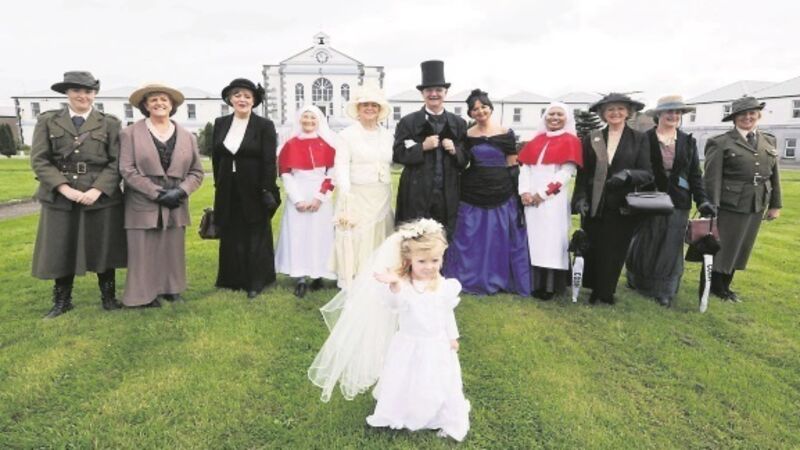WATCH: Hopes for 100,000 visitors to Spike Island as further plans unveiled

Details of the planned upgrade were revealed yesterday as a large number of guests were invited onto the island to celebrate the official opening of its first phase of development, which cost €6.5m.
David Keane, director of the Spike Island Development Company, said the county council, which owns the site, had lodged an application for €5m of Fáilte Ireland funding for phase two, with the council adding a further €1.25m from its own resources.













